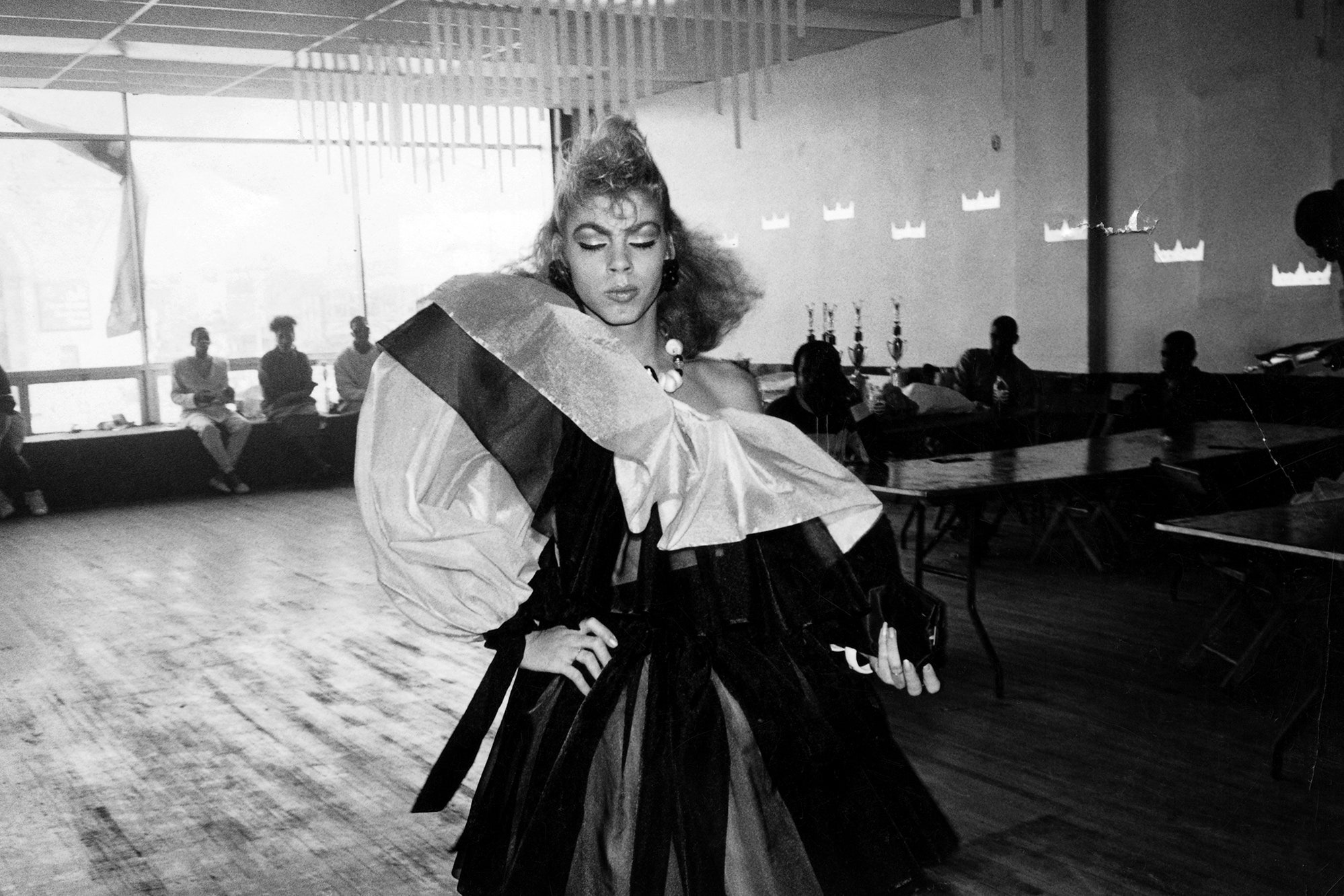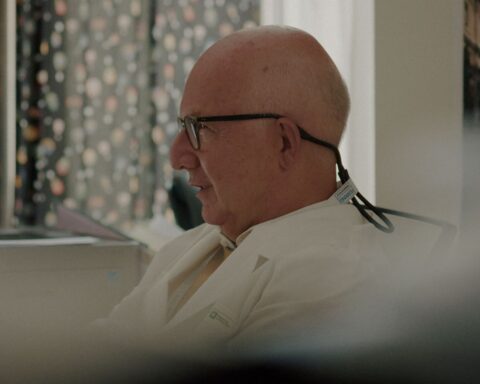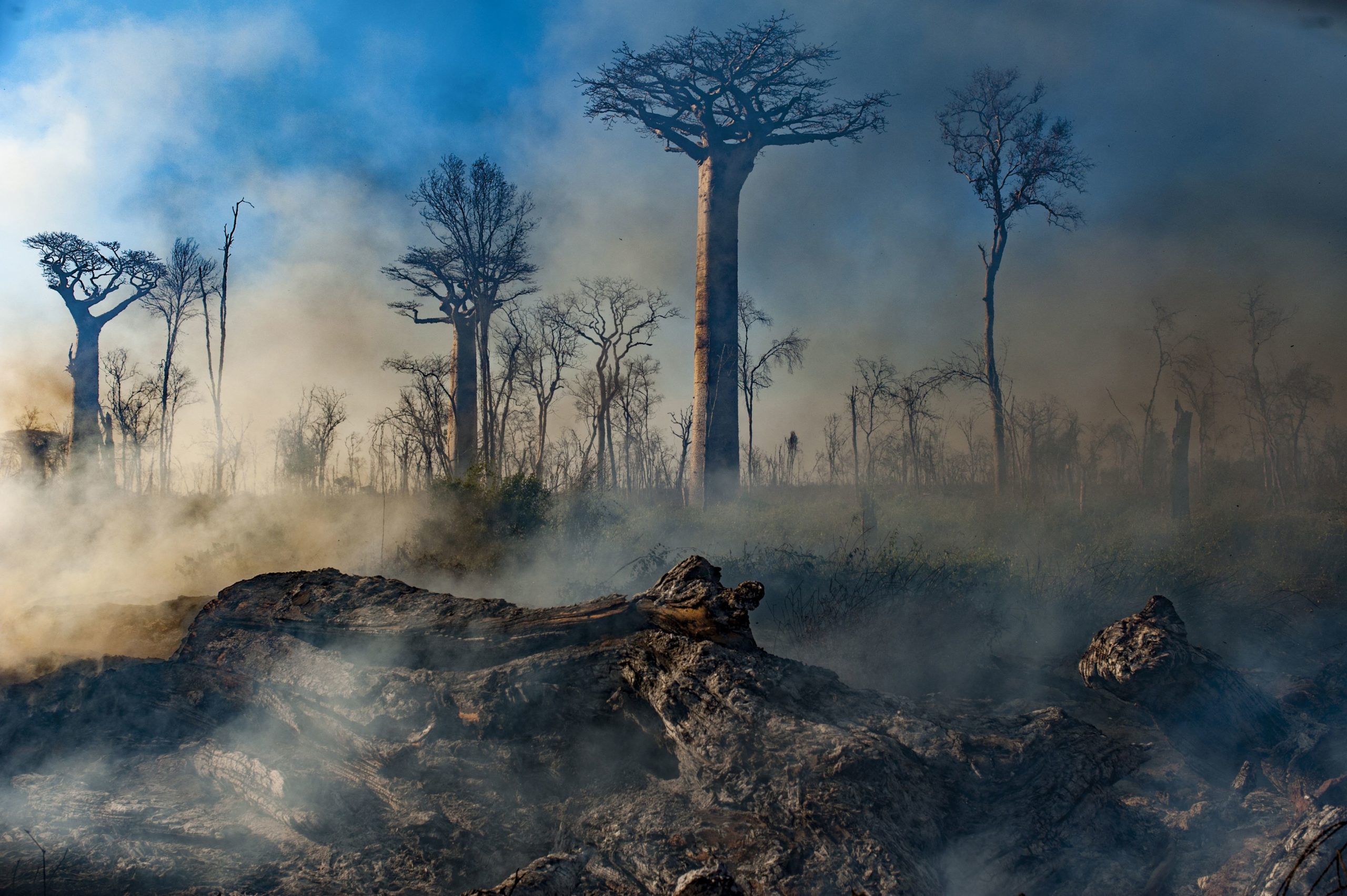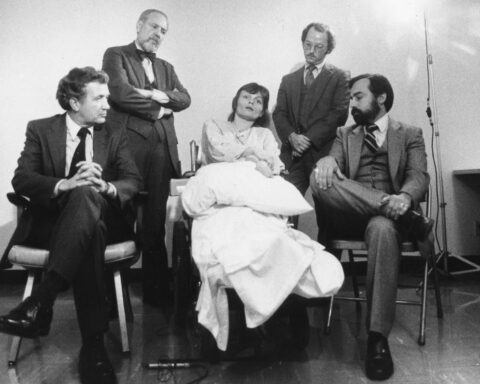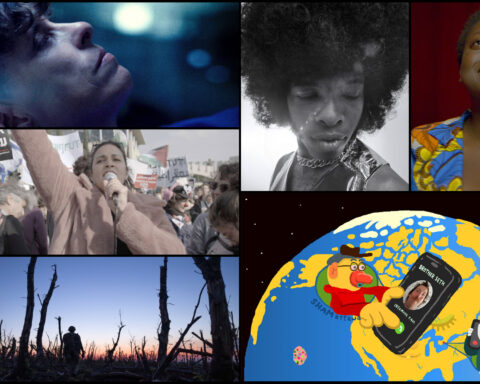If there’s a bucket list of documentaries everyone needs to see to understand the art form, Paris is Burning deserves a spot in the canon. Jennie Livingston’s landmark 1990 documentary broke ground for representing queer experiences, particularly those of queer Black and Latinx men and transpeople. Paris is Burning took audiences inside New York’s queer community during the late 1980s and opened a door to show the world the lives, hopes, and dreams of people living on the margins. Only a few years after the 1980 case of New York vs. Onofre appealed the state’s sodomy laws, Livingston introduced audiences to a cast of characters who thrived by coming together and creating safe spaces where they could be out and fabulous. Nearly 30 years on, Paris still burns bright.
The doc returns to theatres this week in a new digital restoration, supervised by Livingston, that gives it the wider reach its long deserved. (Like many docs, it has only been available on campuses, retro festival screenings or, more recently, sub-par digital streaming.) I saw the film once back in school, but revisited it on June 12, coincidentally the third anniversary of the Pulse Nightclub shooting in Orlando, Florida. If Paris is Burning mattered when it debuted at the Toronto International Film Festival in 1990 (then called the Festival of Festivals), it matters now more than ever. There’s yet to be a documentary about a subculture that even comes close to the vitality and urgency of Paris is Burning, although I’d make a case that the film deserves some double bills with one of the most overlooked docs of recent years, Susanne Bartsch: On Top.
Paris is Burning gained intimate access to the dance clubs that provide safe and inclusive spaces for gay men to express themselves. These weren’t posh nightclubs or glitzy discos à la Studio 54. They’re modest or downright dingy community spaces that looked ready for a church banquet. But they’re places everyone has encountered in urban neighborhoods, simply dressed anew. As such spaces become increasingly sparse as gentrification overtakes neighbourhoods and pushes people further to the margins and tragedies like the Orlando shooting or the case of Toronto serial killer Bruce McArthur demonstrate the hateful violence committed against LGBTQ people today, Paris is Burning remains a hallmark of the role safe spaces play in giving life to a community.
Instead of serving up grandma’s lasagnas or reheated casseroles, however, the clubs of Paris is Burning offer an all-you-can-eat buffet of fabulousness. Livingston lets participants give the ins and outs of New York’s “ball culture,” essentially fashion shows infused with camp value and seasoned with sass, as they offered a positive portrait of the gay community when coverage was overwhelmingly negative as the media portrayed AIDS as a “gay disease.” Although the images of the balls and drag performance are relatively mainstream nowadays thanks to shows like RuPaul’s Drag Race and Pose, Livingston’s doc arguably paved the way for these reality-TV hits.
Paris is Burning features interviews with an inclusive roster of participants who give voice to their community, and Livingston divides the film into chapters centered on key words that define the ball scene through the slang and vernacular used by the subjects, like “voguing.” (Get your best Madonnamoves on!) The interviewees give tutorials that help distinguish “the walk” from walking as they show Livingston how one must strut down the runway with the right notes of confidence, self-awareness, and half-seriousness to be the belle of the ball. These interviews are as fun for the audiences as they are empowering for the subjects.
Many of the interviewees represent different “houses” in balls as Livingston draws upon the experiences of members of the House of Xtravaganza, most notably Venus Xtravaganza, a young transwoman who invited the director into her life. Venus became one of the most memorable character ever in a documentary as she bared herself while relating her journey from coming out in small town USA and finding a surrogate family with the queer community in New York. Paris is Burning ends with Venus’s friend and housemate Angie Xtravaganza tearfully providing an update on the character who seemed fearless and ready to conquer the world when Livingston last checked in with her. The scene is extremely emotional and tinged with a sense of loss as one builds a relationship with Venus throughout the film and sees her life tragically cut short. Even if one knows the scene is coming, it stings.
The end of Paris is Burning makes clear why Livingston’s film deserves to be rediscovered by audiences. The film has not been without controversy, and will presumably reignite concerns of the gaze and representation as Livingston, a queer white woman, was criticized for entering the lives of her subjects only to have the privilege to leave, tour the world, and win awards while telling a story and portraying experiences outside her own. (The film tied Barbara Kopple’s American Dream for the Grand Jury Prize at Sundance and won doc prizes from the New York Film Critics Circle, the Los Angeles Film Critics Association, the National Society of Film Critics, and the Berlin Film Festival, among other honours.) These are questions every documentary filmmaker faces, however, as they must decide how best to honour their subjects while bringing their stories to audiences. The film and the criticism it inspires encourage audiences to think more deeply about how dynamics of sexuality, race, class, gender, power, and privilege intersect as the subjects articulated how elements of marginalization can be compounded within communities.
While Livingston doesn’t make excuses for her outsider status, one can argue that she did the world a favour with her curiosity to learn more about a community that was alien to her and by giving such a wide reach to the stories of her characters and offering positive representation for diverse audiences worldwide. The film is invaluable as a tool for allies who wish to see documentary as a tool to provide marginalized voices a platform where they can express themselves on their own terms and help others see themselves within their community by identifying with their stories. For anyone who’s ever felt like an outsider, Paris is Burning is a reassuring reminder that someone somewhere totally gets you.
Paris is Burning returns to theatres beginning June 17, including a run at TIFF Lightbox in Toronto.




